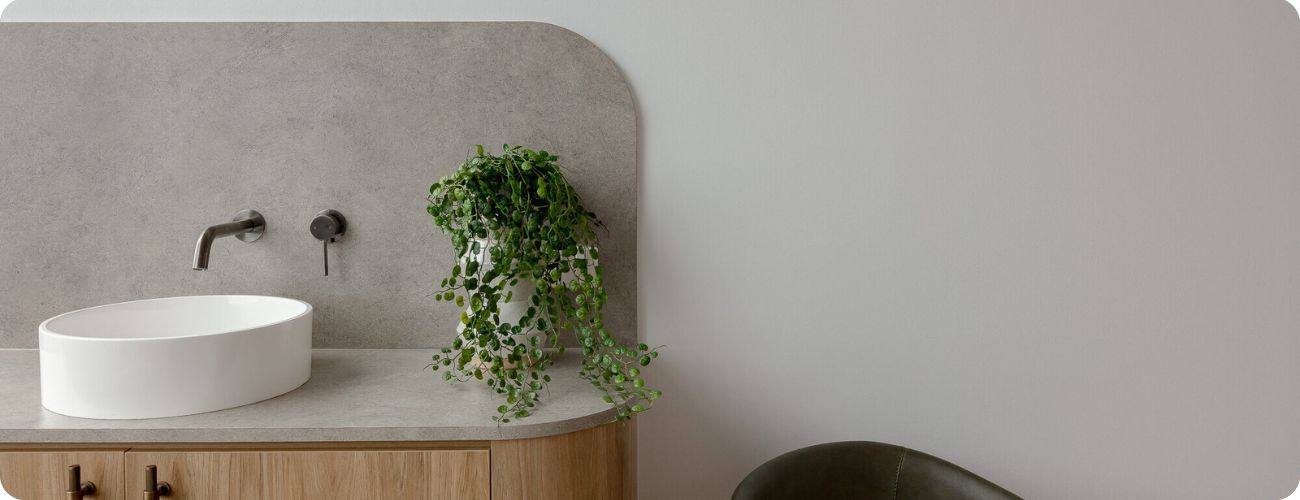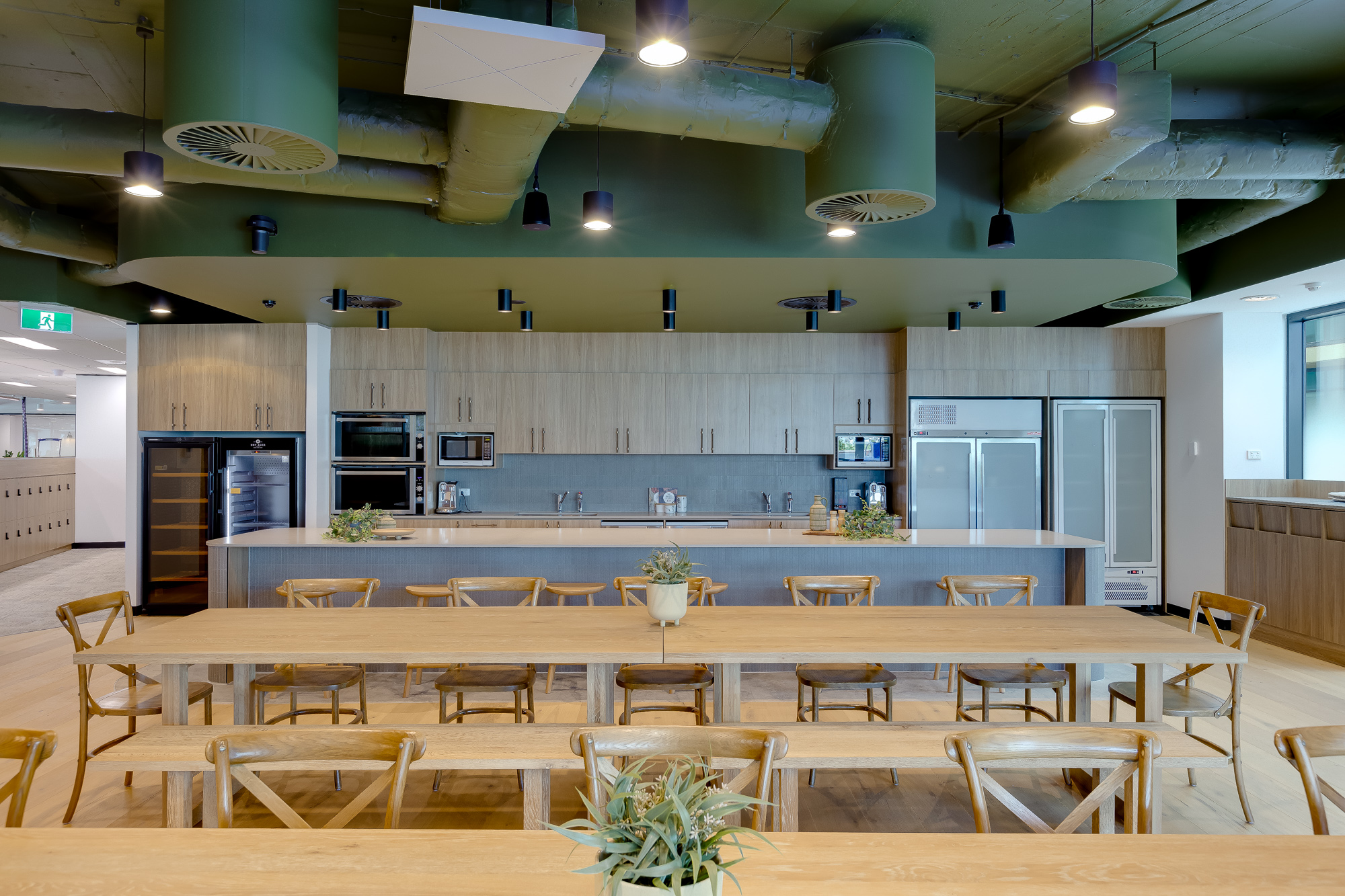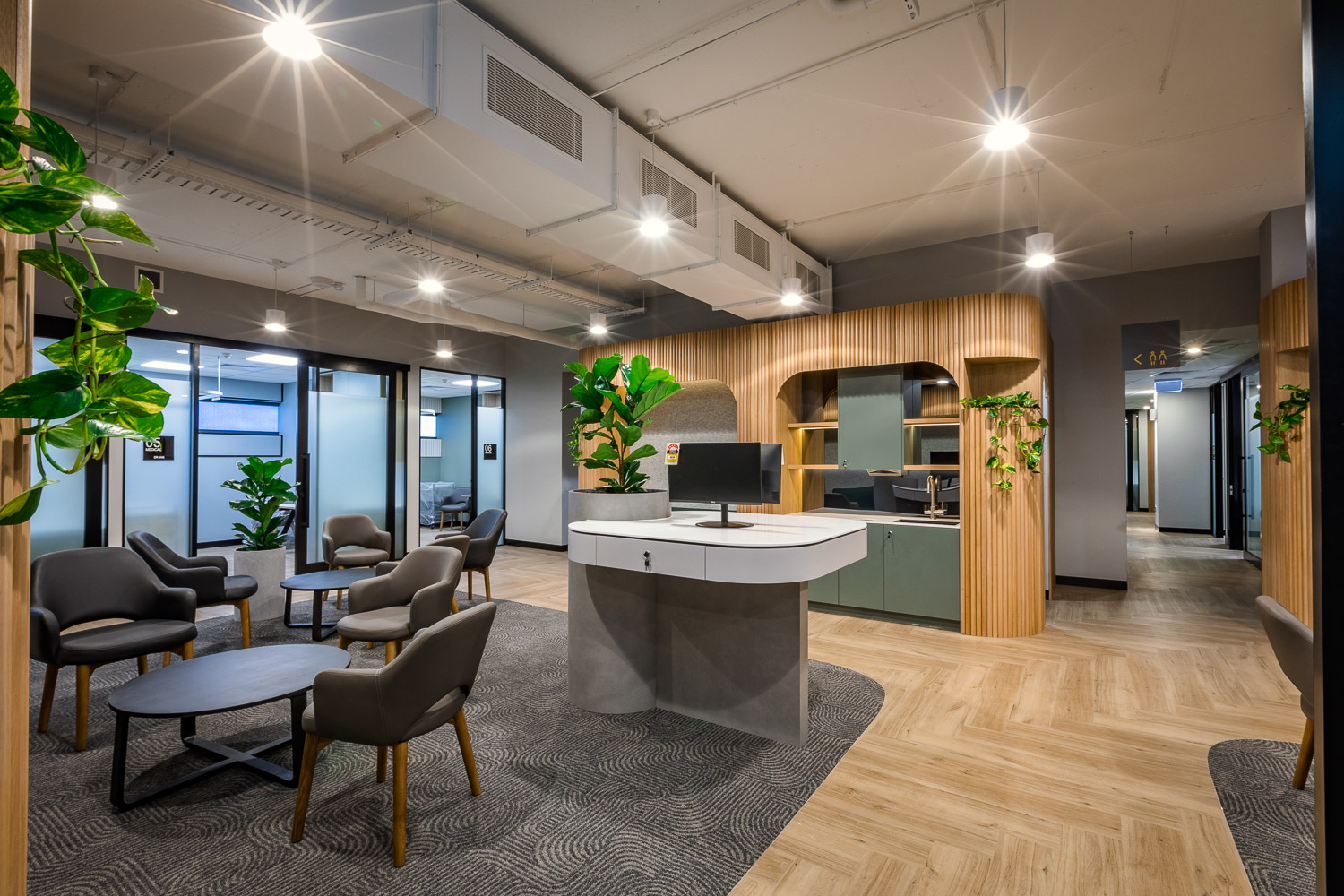As we step into 2024, the dynamics of the workplace are undergoing a profound transformation, reflecting the evolving needs and aspirations of the workforce.
Let’s explore the key design trends that are set to define workspaces in 2024.
1. ‘Resi-mercial’ – The concept of a residential feel at the workplace
The distinction between residential and commercial spaces continues to blur with the rise of the ‘resi-mercial’ trend. Workspaces are now designed to evoke the comfort and warmth of home, promoting a feeling of belonging and relaxation. Cozy lounge areas, soft lighting, warm colour schemes and homely aesthetics, create a blend of productivity and comfort with the idea to shift away from the formal and sterile atmosphere of traditional offices and establish a more inviting and relaxed environment.
Companies integrating residential elements seek to nurture a sense of community and well-being among employees. The belief is that a comfortable and welcoming work environment positively influences employee satisfaction, engagement, and overall productivity. This approach acknowledges the workplace as not just a site for professional activities but also a space where individuals spend a significant part of their daily lives. In the competition for top talent, creating a workplace that harmonises productivity with comfort and community becomes a crucial consideration in organisational design.






